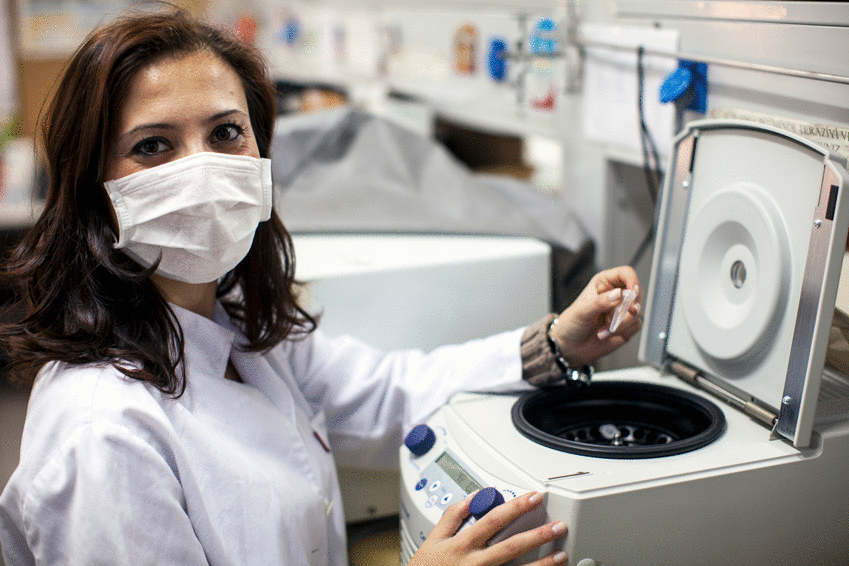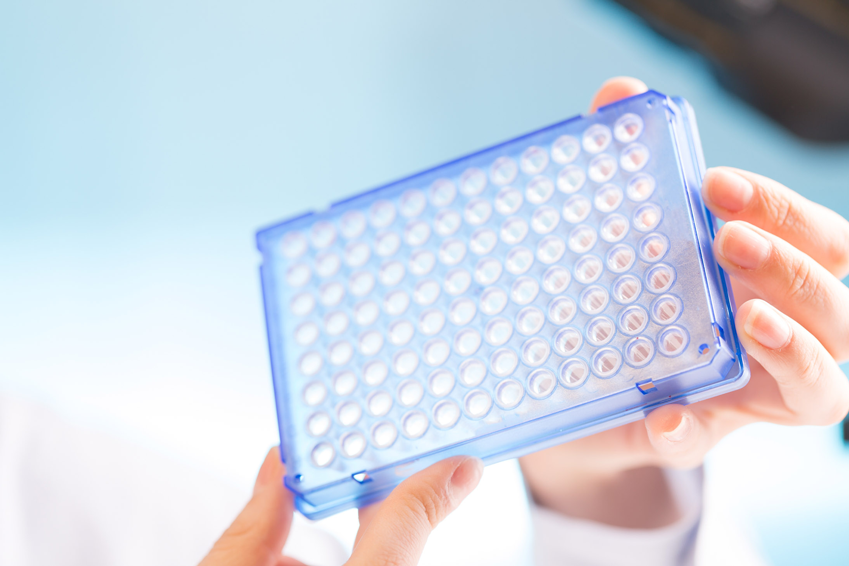Pain is one of the most damaging conditions in the spectrum of chronic illness. Stem cell therapy is potentially an ideal solutions.
Modern stem cell therapy takes the body’s own cells to take on the genetic characteristics of tissue that has been damaged, effectively replacing it with healthier tissue.
Adipose, the medical term for fat, is an excellent stem cell source. It comes from your own body so you don’t run the risk of rejection. If you are considering adipose-derived cell therapy, here are three things you should know in advance.

The Procedure for Harvesting Stem Cells from Adipose Tissue
To begin the harvesting procedure, a specialist will make a few small incisions in your abdomen. This allows for the removal of adipose tissue in much the same way as a liposuction procedure.
The fat taken from your abdomen then goes into a centrifuge which isolates the stem cells. After adding these accumulated cells to a concentrated solution, the specialist uses ultrasound to precisely locate the area needing repair, and injects the solution into the target area.
After the procedure, there is relatively little discomfort. You can relieve any discomfort or tenderness with an ice pack, over-the-counter medication and rest. This condition typically persists no more than three to five days.

Significant Pain Relief Possible In As Little As Two Weeks
While you can resume normal activities, it’s important to refrain from strenuous physical exercise for up to 30 days. Potentially, you will notice a decrease in your chronic pain within two to twelve weeks after the procedure. Over the course of the next six months to one year, your pain level and inflammation should continue to decrease and independent mobility, increase.
Most doctors recommend that you follow-up in four to six weeks to see how things are going. Patients with significant pain and disability prior to the first session may need to repeat the procedure for maximum benefit. In this case, you need to allow for several months between sessions.
Thanks to this amazing technology, it may be possible to avoid invasive surgeries by completing adipose-derived cell therapy.

